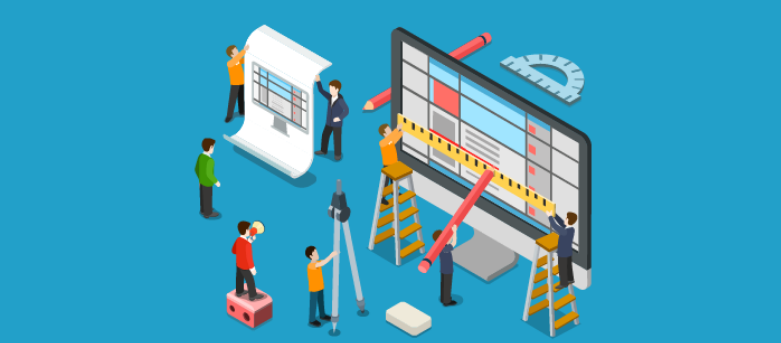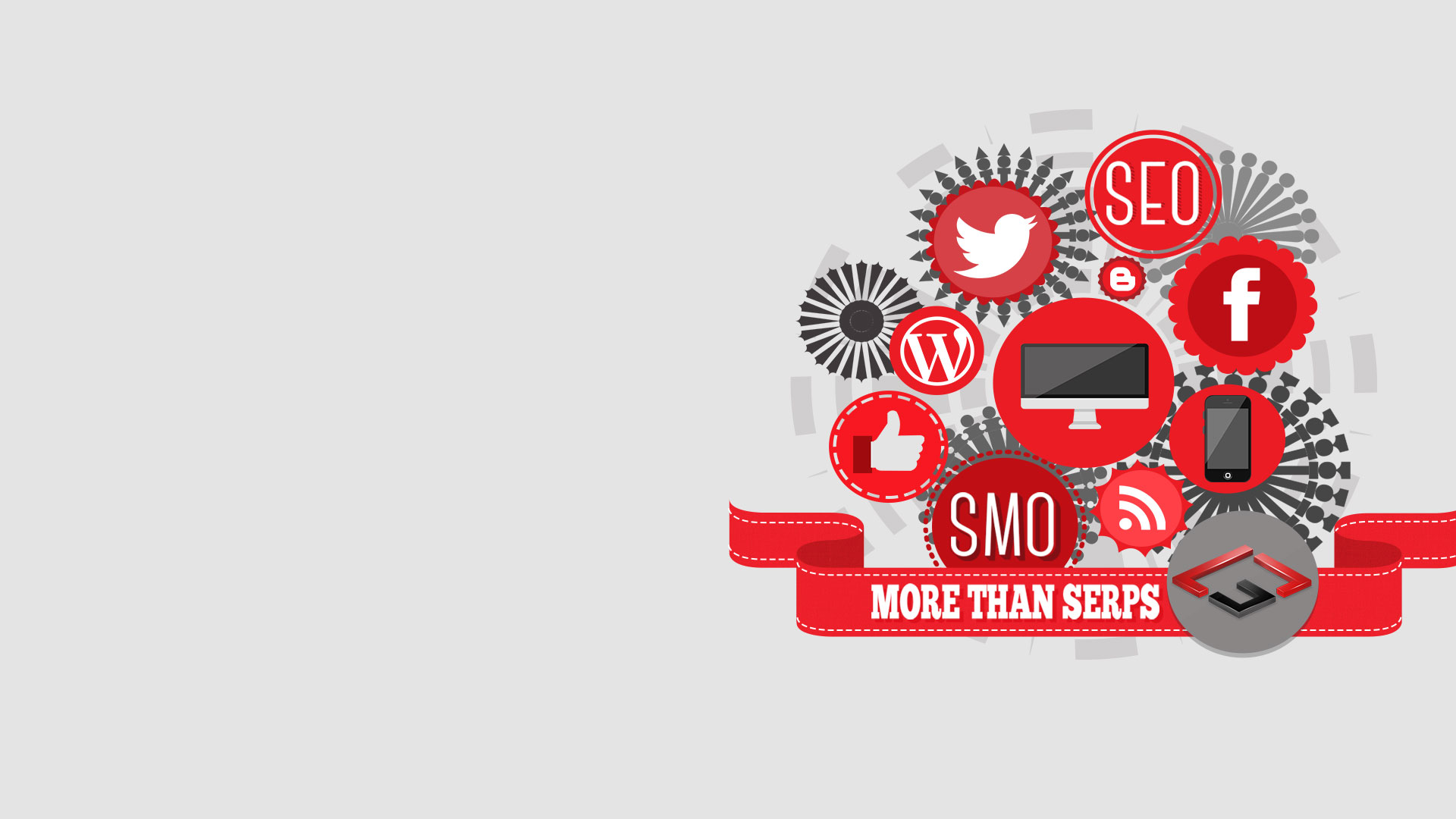
14 Essential Tips for Improving Your Web Design

WEBSITE DESIGN | USER EXPERIENCE DESIGN | RESPONSIVE DESIGN
Within 5 seconds of landing on your website, can your visitors determine what your company does? Could users easily navigate to the blog if they need to? Is the layout of your pricing easy to understand? Do you have an extremely high bounce rate?
If you're finding yourself answering ‘no’ to these questions, it might be time to take a hard look at the way you’ve been designing and optimizing your website.
A website can’t simply succeed by excelling in limited aspects (such as solely design or content). It needs to have a design that feeds into your website's user experience, functionality, and appropriately complements your content.
Your website also needs to clearly communicate with your audience what you do, why you do it, and who you do it for. It's easy to get caught up with how great you are as a business, that you forget to make sure we are addressing core concerns your audience has first and foremost.
So, what do you need to know to start improving your web design?
To answer that, here are 14 website tips to ensure that you're going in the right direction in your redesign and are assuring you aren't turning visitors away.
14 Tips for Improving Your Web Design
1. Have a Plan
Don't just start designing your website. To ensure that your website is effectively meeting the needs of your visitors you need to map out your buyer's journey from the first time they visit your website to the moment they become a customer.
What pages are they going to view, what content are they going to read, and what offers are they going to convert on? Understanding this will help you design a site that helps nurture leads through the sales funnel.
You want to design your website for the next step, not the final step. It's all about answering the right questions in the right order. This might be where context comes into play. Take what you already know about your current customers (or even interview them) and research how they went from a visitor to a customer. Then, use this data to map out your strategy.
2. Remove the Following From Your Website
Certain elements on your website are going to detract from the value and message you're trying to convey. Complicated animations, content that’s too long, stocky website images are just a few factors on the list.
With an audience that only has an attention span of 8 seconds, you need to create a first impression that easily gets the main points across. This should be done with short, powerful sections of content and applicable photographs/icons that are sectioned off by clear and concise headers.
If you’ve got those right, then review it and make sure it doesn’t contain jargon or ambiguous terminology. It only serves to muddy your content and confuse your users.
Some words to avoid include next generation, flexible, robust, scalable, easy to use, cutting edge, groundbreaking, best-of-breed, mission critical, innovative ... those are all words that have over used by hundreds if not thousands of companies and don’t make your content any more appealing.
3. Include Social Share and Follow Buttons
Producing great content and offers only go so far if you aren’t giving your users the opportunity to share what you have.
If your website currently lacks social share buttons, you could be missing out on a lot of social media traffic that's generated from people already reading your blog!
If this sounds new to you, social sharing buttons are the small buttons that are around the top or bottom of blog posts. They contain icons of different social media website and allow you to share the page directly on the social media channel of your choice.
These buttons act as a non-pushy tool that encourages social sharing from your buyer personas.
If you are looking for some tools to get you on the ground, check out the two free, social sharing tools SumoMe and Shareaholic.
4. Implement Calls-to-Action
Once your visitors land on your site, do they know what to do next? They won't know what pages to view or actions to take if you don't provide them with some sort of direction.
Call-to-action buttons are one of the many elements that indicate the next step user should take on a page. While many of us know that, it can be easy to fail to accurately use them to guide users through your website
.
It’s easy to spam your website with the most bottom-of-the-funnel (BOFU) call-to-action, without even properly nurturing your users with other calls-to-action that are more top/middle of the funnel.
To recognize whether or not you’re guilty of this, start reading through the pages across your website. Are you finding most pages, even blog articles, with only a call-to-action for a demo/trial/consultation? Then, it’s time to update.
Take the time to add in call-to-actions that give them materials to educate themselves and help solve their pain points. Once they identify your company as one that provides materials that are relieving these, they will feel more comfortable researching your services to see if you can personally make these solutions a reality.
Some example call-to-actions are to click here for more information, download our sample GamePlan, sign up for a webinar, watch the video, see all inbound marketing services, and see pricing. For more information, check out this offer to get you using call-to-actions the right way to generate even more leads.
5. Use the Right Images
Not every image is going to fit with the type of message you're trying to show your audience.
Fortunately, you have a lot to choose from (even some that are for free). But still, cause caught many of us decide to plague our website with extremely stocky photos.
Just because a stock website has the image, doesn’t mean it looks genuine and will evoke trust in your company. Ideally, you want to use photos that portray images of the real people that work at your company and the office itself.
If real photographs aren’t an option, there are techniques you can use to help pick out the right type of stock photo. This will aid in bringing more realism to your brand and making sure the images match who you are and what your content is explaining.
Customer support service by UserEcho

